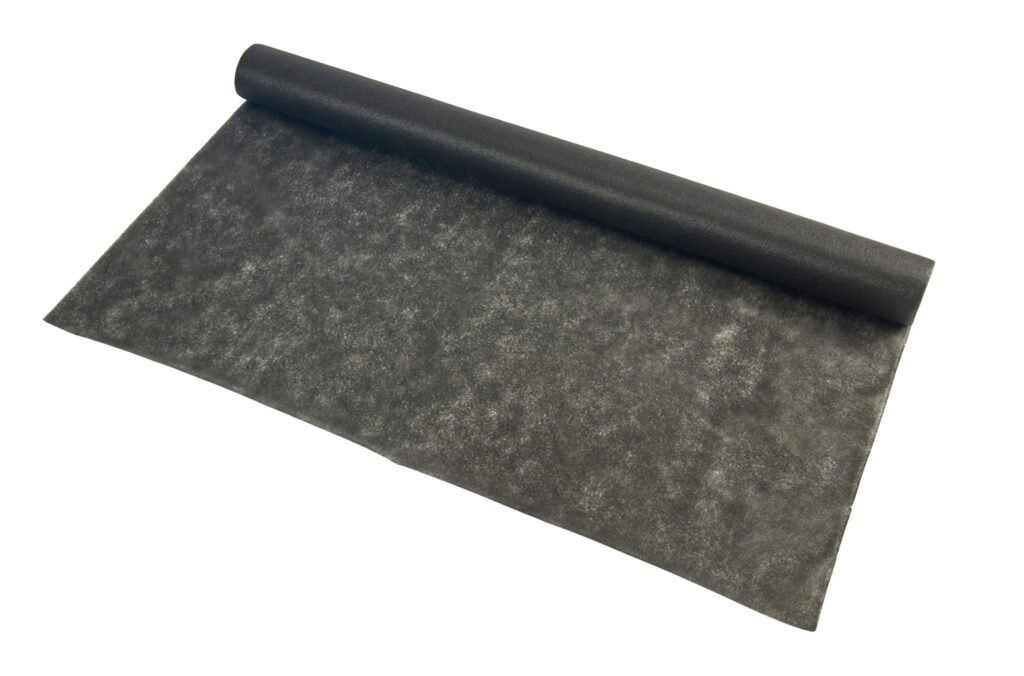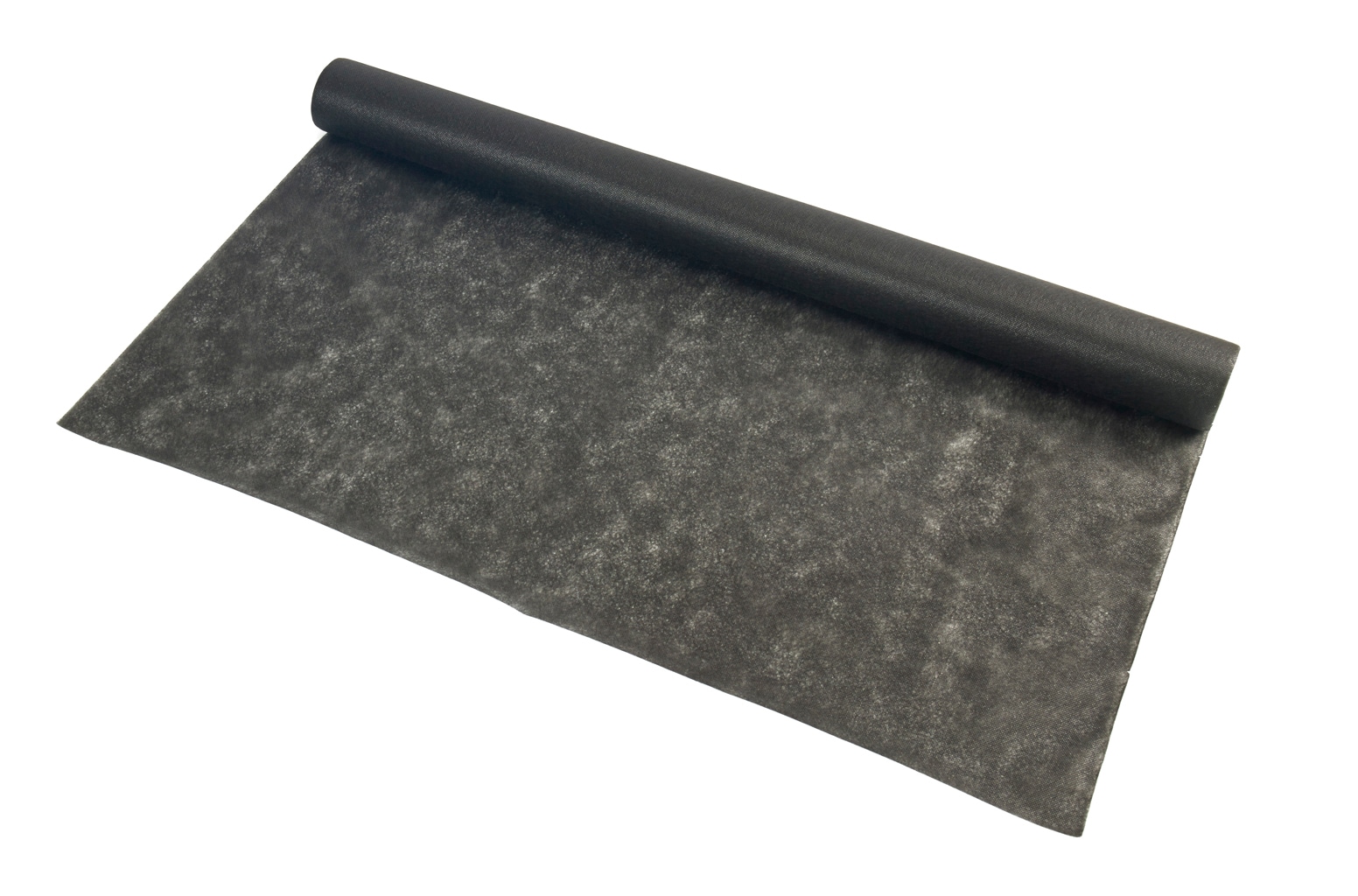
Landscape Fabric Weed Barrier: Your Comprehensive Guide to Weed Control
Maintaining a beautiful and healthy garden or landscape requires constant vigilance against unwanted weeds. A popular and effective solution for weed control is using a landscape fabric weed barrier. This guide will provide a comprehensive overview of landscape fabric weed barriers, including their types, benefits, installation methods, and considerations for choosing the right one for your specific needs.
What is Landscape Fabric?
Landscape fabric, also known as weed barrier fabric or weed control fabric, is a permeable material designed to suppress weed growth while allowing water and nutrients to reach the soil. It acts as a physical barrier, preventing weed seeds from germinating and growing by blocking sunlight. There are various types of landscape fabric available, each with its own strengths and weaknesses.
Types of Landscape Fabric
- Woven Landscape Fabric: Made from tightly woven polypropylene or linen, woven landscape fabric is durable and allows for good water and air permeability. It’s a good choice for long-term weed control in areas with heavy foot traffic or where you plan to plant directly into the fabric.
- Spun-Bonded Landscape Fabric: This type is made from layers of polypropylene fibers bonded together. Spun-bonded fabric is less expensive than woven fabric but may not be as durable. It’s suitable for general weed control in garden beds and around shrubs.
- Perforated Landscape Fabric: Perforated landscape fabric has small holes that allow for even better water and air penetration. It’s a good option for areas where drainage is a concern.
- Biodegradable Landscape Fabric: Made from natural materials like burlap or plant fibers, biodegradable landscape fabric breaks down over time, enriching the soil as it decomposes. It’s an environmentally friendly option for short-term weed control.
Benefits of Using a Landscape Fabric Weed Barrier
Using a landscape fabric weed barrier offers several advantages for gardeners and landscapers:
- Effective Weed Control: The primary benefit is its ability to suppress weed growth, reducing the need for herbicides and manual weeding.
- Moisture Retention: Landscape fabric helps retain moisture in the soil by reducing evaporation, which can be beneficial in dry climates or for plants that require consistent moisture.
- Soil Temperature Regulation: It can help regulate soil temperature, keeping it cooler in the summer and warmer in the winter.
- Erosion Control: Landscape fabric can help prevent soil erosion, especially on slopes or in areas with heavy rainfall.
- Reduced Herbicide Use: By effectively controlling weeds, it reduces the need for chemical herbicides, promoting a healthier environment.
- Improved Plant Health: By reducing competition from weeds, landscape fabric allows plants to thrive and grow more vigorously.
How to Install Landscape Fabric
Proper installation is crucial for maximizing the effectiveness of a landscape fabric weed barrier. Here’s a step-by-step guide:
- Prepare the Area: Clear the area of all existing weeds, rocks, and debris. Level the soil surface and rake it smooth.
- Measure and Cut the Fabric: Measure the area you want to cover and cut the landscape fabric to the appropriate size, allowing for overlap if necessary.
- Lay the Fabric: Unroll the landscape fabric over the prepared area, ensuring it lies flat and smooth. Overlap the edges of adjacent pieces by at least 6 inches to prevent weeds from growing through the seams.
- Secure the Fabric: Use landscape fabric staples or pins to secure the fabric to the ground. Place staples every 12-18 inches along the edges and seams.
- Planting (Optional): If you plan to plant in the area, cut X-shaped slits in the fabric where you want to plant. Dig a hole large enough for the plant’s root ball and plant as usual.
- Add Mulch: Cover the landscape fabric with a layer of mulch, such as wood chips, bark, or gravel. This will help protect the fabric from sunlight and further suppress weed growth.
Tips for Successful Installation
- Use high-quality landscape fabric staples to ensure the fabric stays securely in place.
- Overlap the edges of the fabric generously to prevent weeds from growing through the seams.
- Avoid stretching the fabric too tightly, as this can cause it to tear or rip.
- Consider using a pre-emergent herbicide before laying the fabric to kill any existing weed seeds in the soil.
Choosing the Right Landscape Fabric
Selecting the appropriate landscape fabric depends on several factors, including the type of plants you’re growing, the soil conditions, and the desired lifespan of the barrier. Here are some considerations:
- Durability: For long-term weed control in areas with heavy foot traffic, choose a durable woven landscape fabric.
- Permeability: Ensure the fabric allows for adequate water and air penetration to the soil. Perforated fabric is a good option for areas with poor drainage.
- Material: Consider the environmental impact of the material. Biodegradable fabric is a sustainable choice for short-term weed control.
- Cost: Landscape fabric varies in price depending on the type and quality. Compare prices and choose a fabric that fits your budget.
- UV Resistance: Look for landscape fabric that is UV-resistant to prevent it from degrading in sunlight.
Potential Drawbacks of Landscape Fabric
While landscape fabric offers numerous benefits, it’s important to be aware of potential drawbacks:
- Reduced Soil Health: Over time, landscape fabric can compact the soil and reduce its organic matter content.
- Weed Growth on Top: Weeds can still grow on top of the fabric if organic matter accumulates on its surface.
- Difficult to Amend Soil: Amending the soil beneath the fabric can be difficult, as it requires cutting and removing sections of the fabric.
- Root Bound Plants: Plant roots can become entangled in the fabric, making it difficult to transplant or remove plants.
- Aesthetic Concerns: Some people find the appearance of landscape fabric to be unattractive, especially if it’s not covered with mulch.
Alternatives to Landscape Fabric
If you’re looking for alternatives to landscape fabric, consider these options:
- Mulch: A thick layer of organic mulch, such as wood chips or shredded bark, can effectively suppress weed growth and improve soil health.
- Cardboard: Laying down cardboard can act as a weed barrier. Cover with mulch to help it decompose.
- Cover Crops: Planting cover crops, such as clover or rye, can help suppress weeds and improve soil fertility.
- Hand Weeding: While labor-intensive, hand weeding is an effective way to control weeds without using chemicals or barriers.
- Herbicides: Use herbicides as a last resort, and always follow the manufacturer’s instructions carefully.
Maintaining Your Landscape Fabric Weed Barrier
To ensure the longevity and effectiveness of your landscape fabric weed barrier, follow these maintenance tips:
- Remove Weeds Regularly: Remove any weeds that grow on top of the fabric to prevent them from establishing deep roots.
- Replenish Mulch: Add fresh mulch as needed to maintain a thick layer that suppresses weed growth and protects the fabric from sunlight.
- Inspect for Damage: Regularly inspect the fabric for tears or damage and repair them promptly.
- Avoid Overwatering: Overwatering can promote weed growth on top of the fabric.
- Fertilize Carefully: When fertilizing plants growing through the fabric, apply fertilizer directly to the soil around the plants to avoid feeding weeds growing on top of the fabric.
In conclusion, a landscape fabric weed barrier can be a valuable tool for controlling weeds in your garden or landscape. By understanding the different types of fabric, their benefits and drawbacks, and proper installation techniques, you can effectively manage weeds and create a healthy and beautiful outdoor space. Remember to consider your specific needs and choose the right fabric for your situation. Proper maintenance will ensure its long-term effectiveness. [See also: Best Mulch for Weed Control] Consider also consulting with local gardening experts for advice tailored to your region and plant types.

